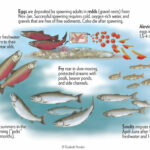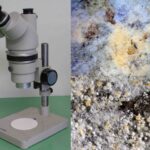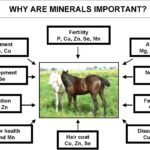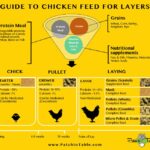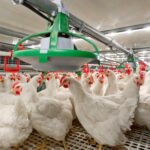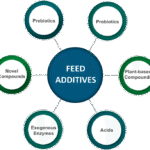Sense Organs of Insects
Insects possess a wide variety of sense organs that allow them to interact with their environment effectively. These organs are specialized for detecting light, sound, touch, chemical signals, temperature, and more. They are distributed across the head, thorax, legs, and even the abdomen, making insects highly adaptable to diverse habitats and ecological niches. Types of…

